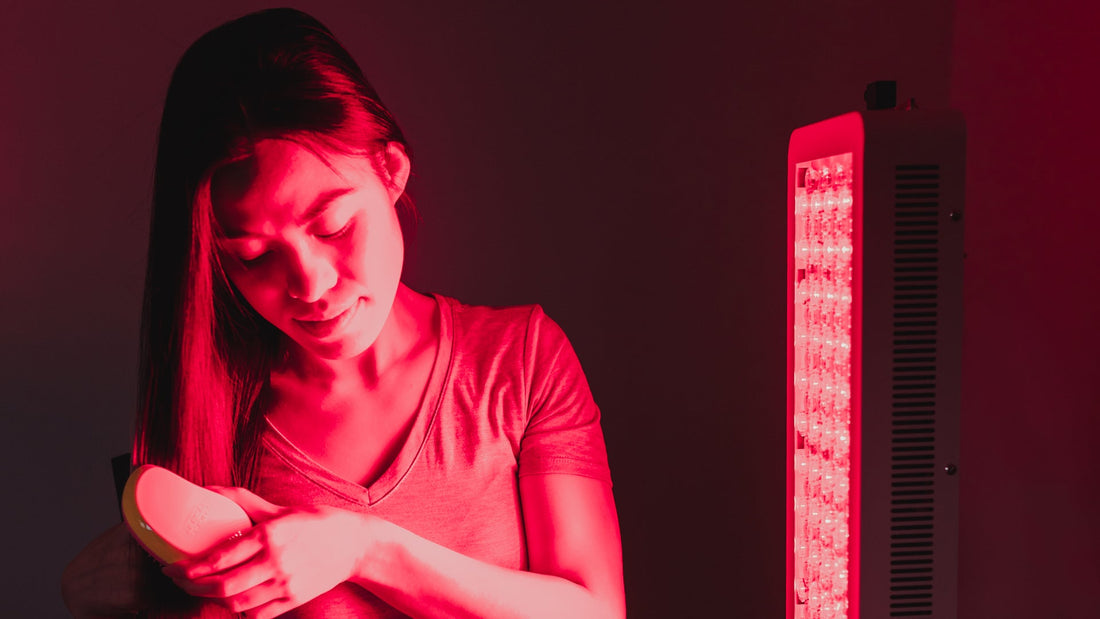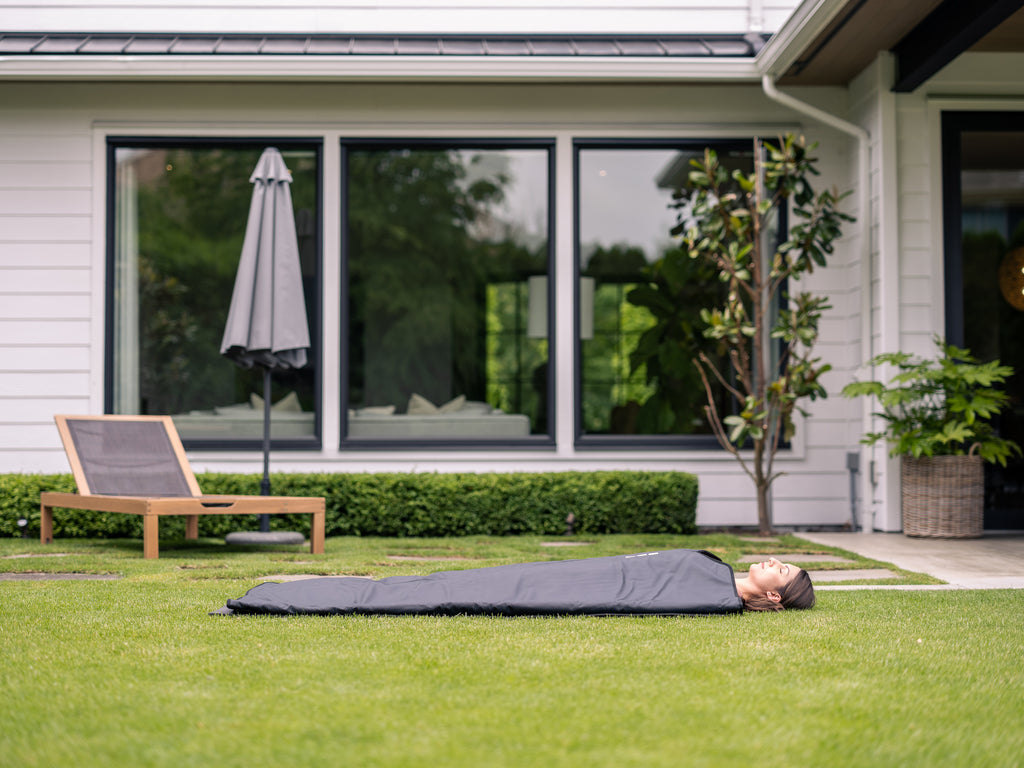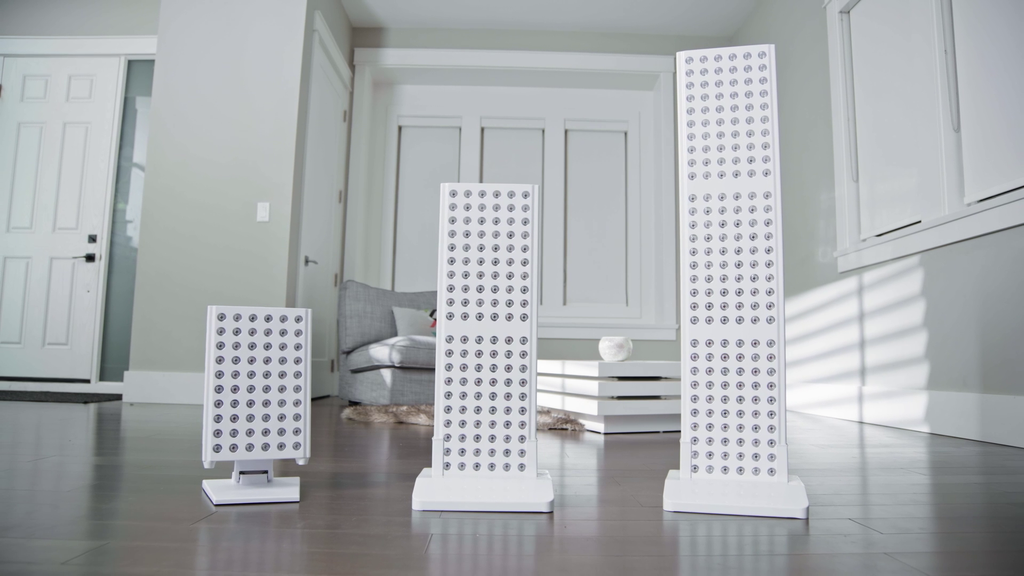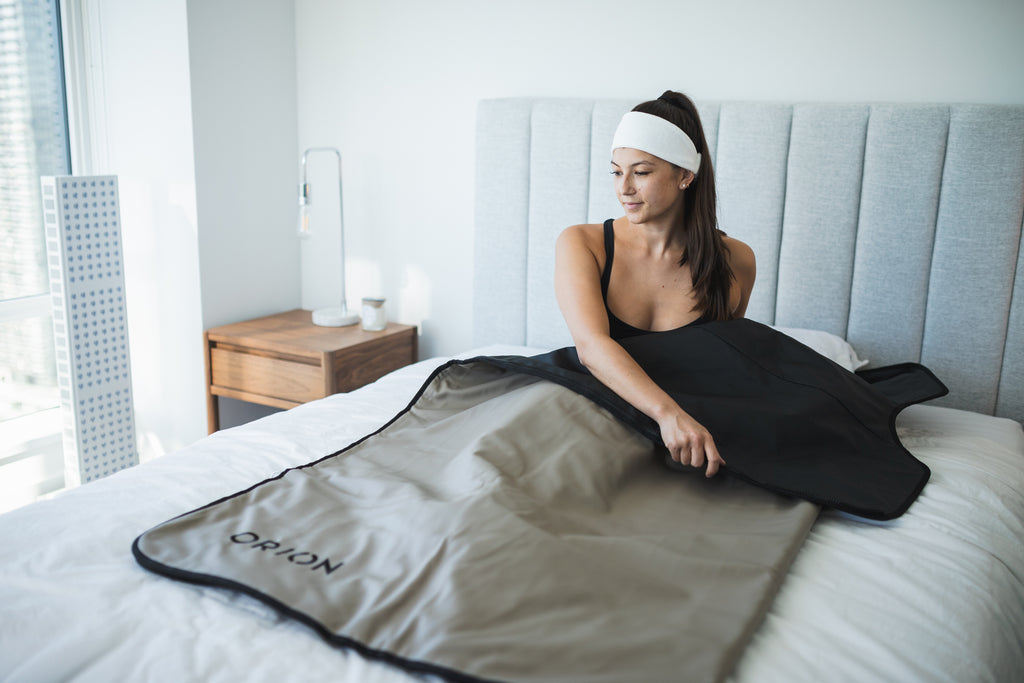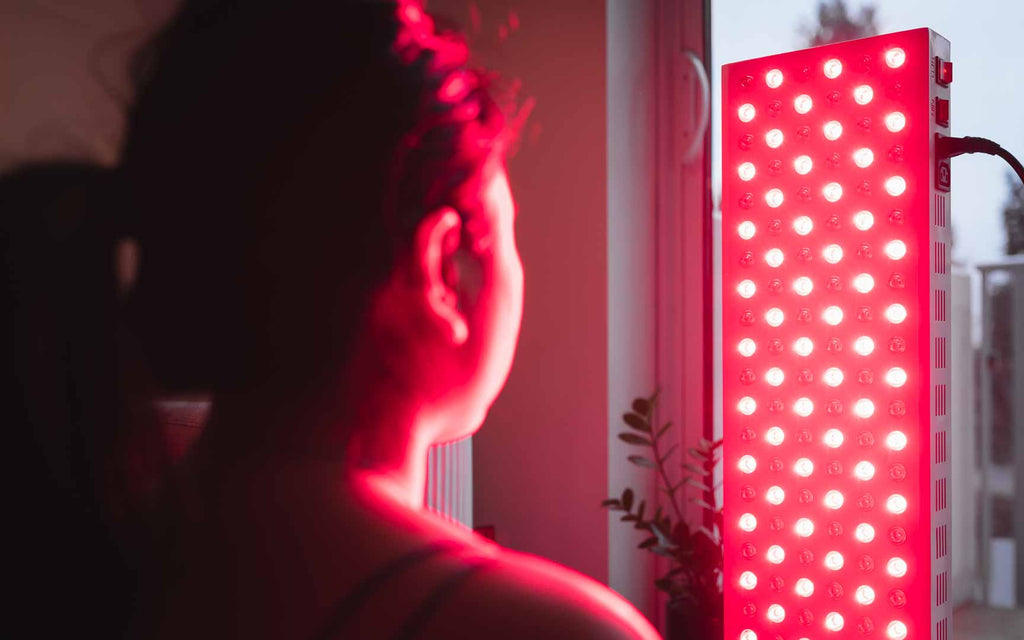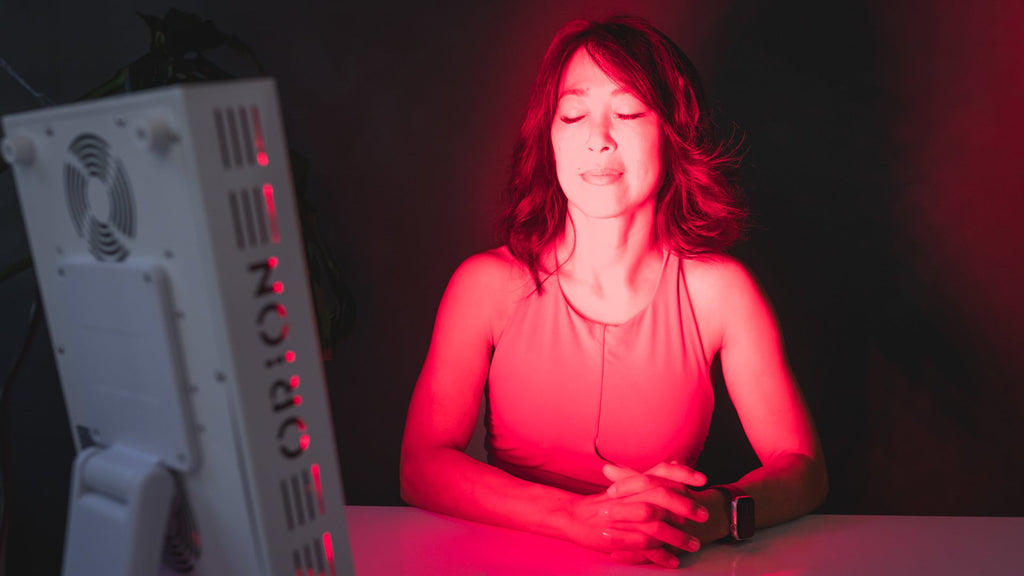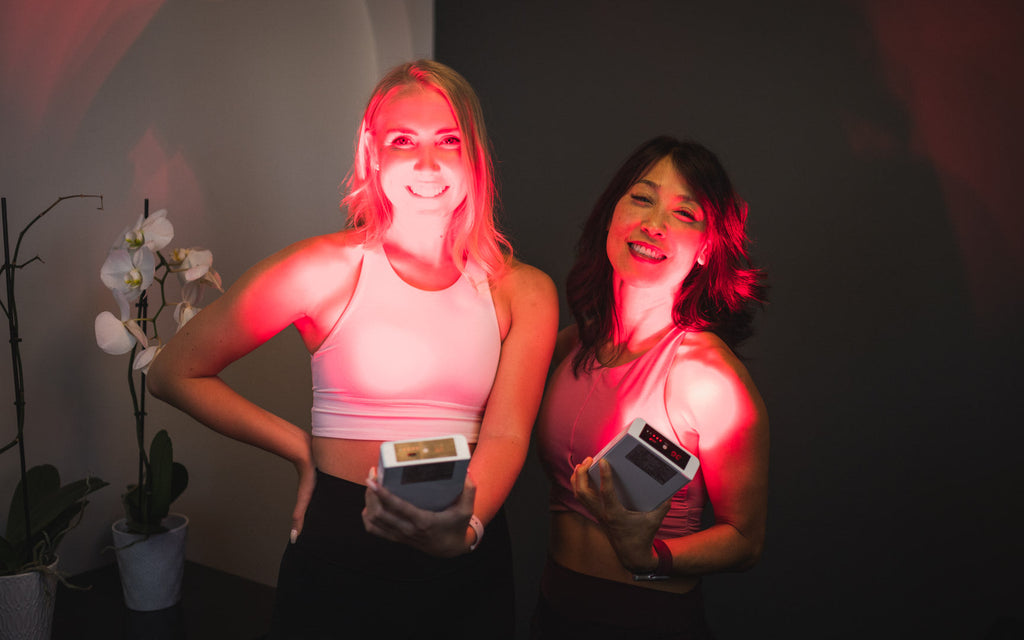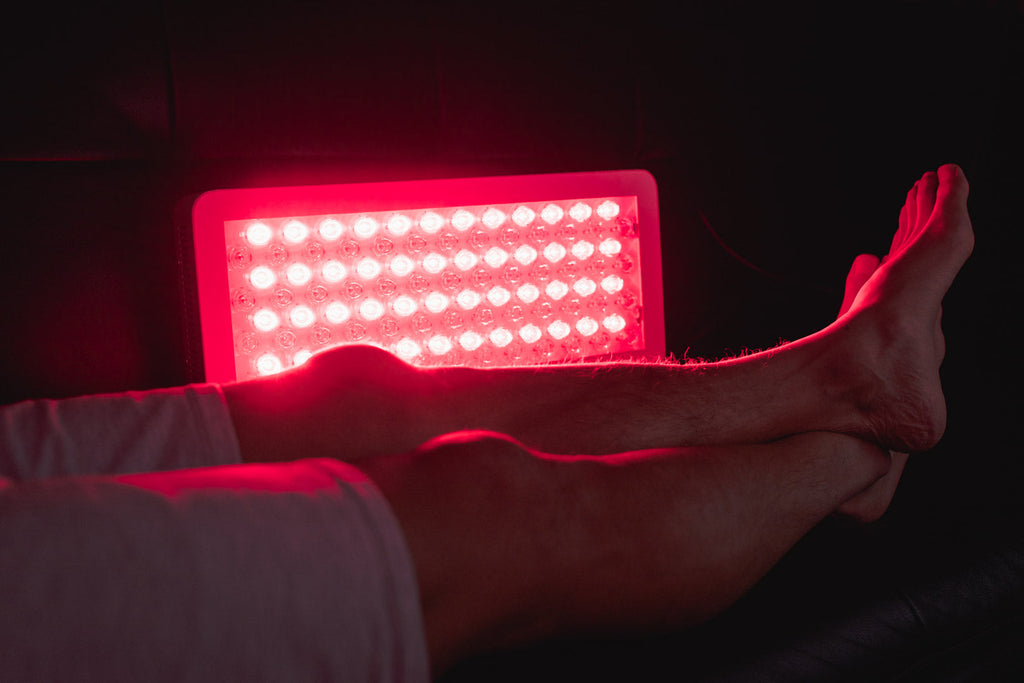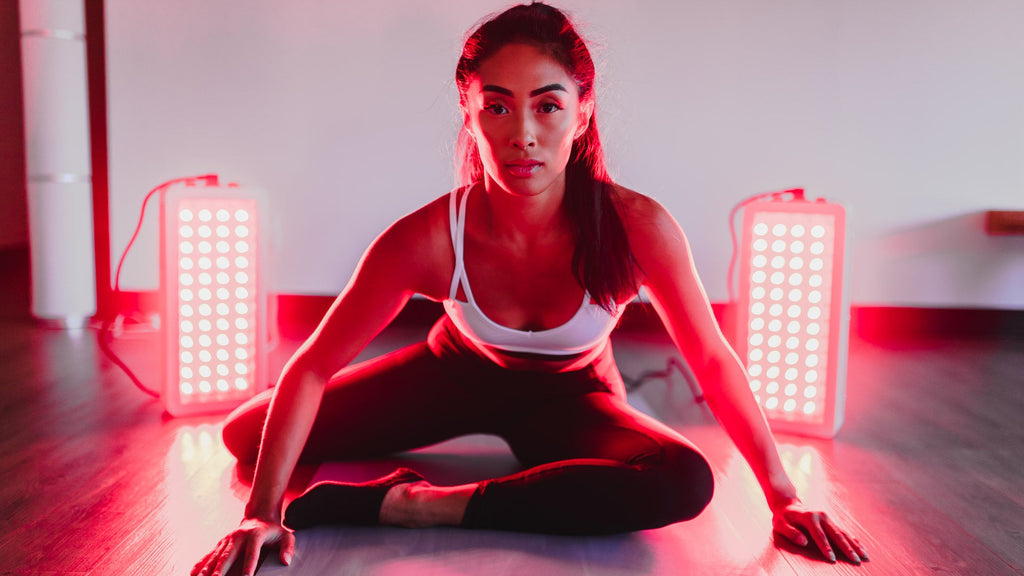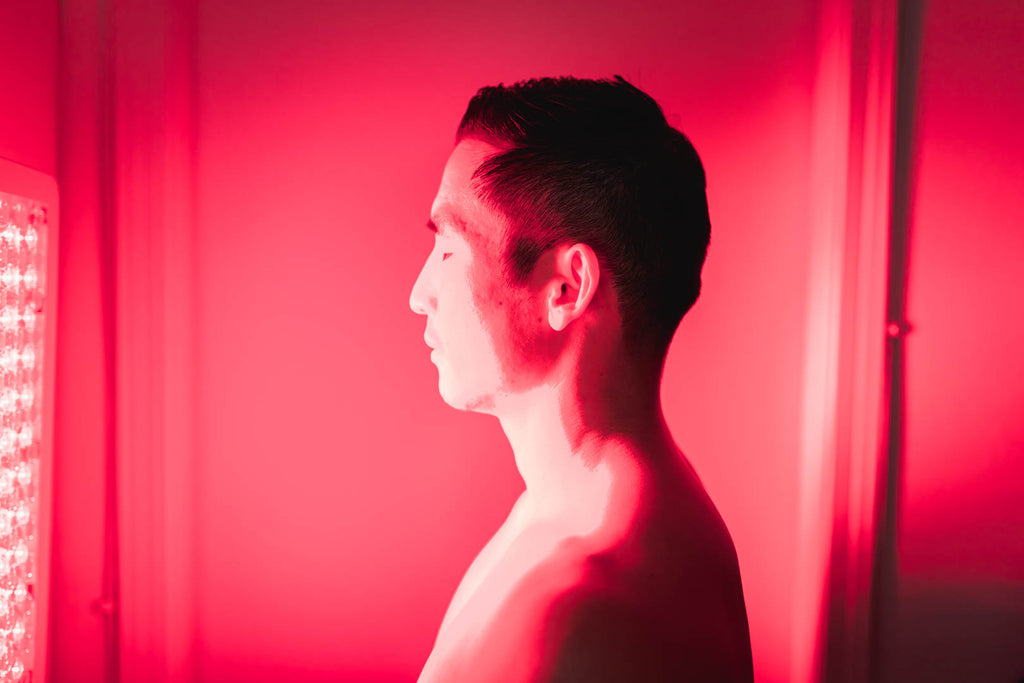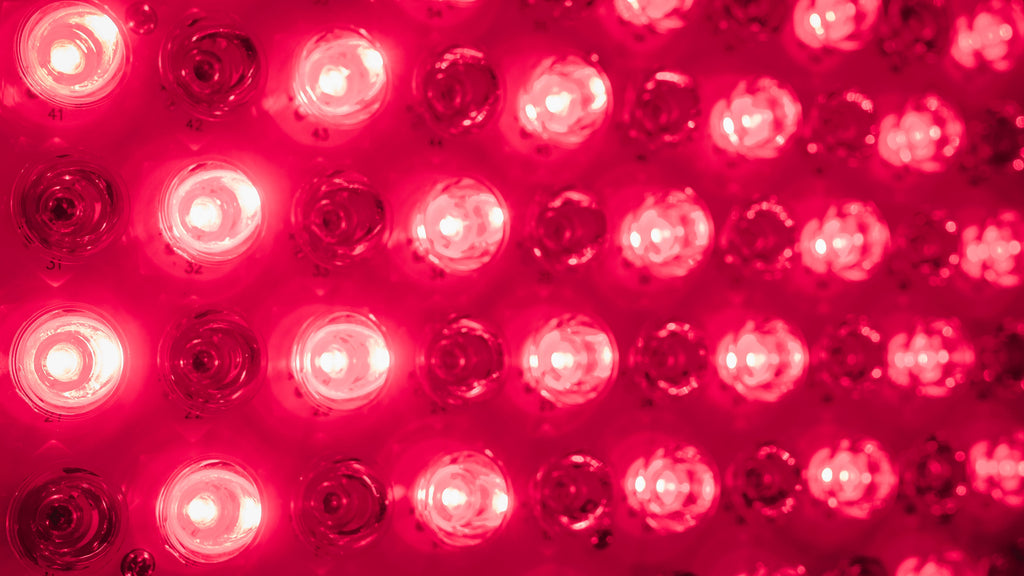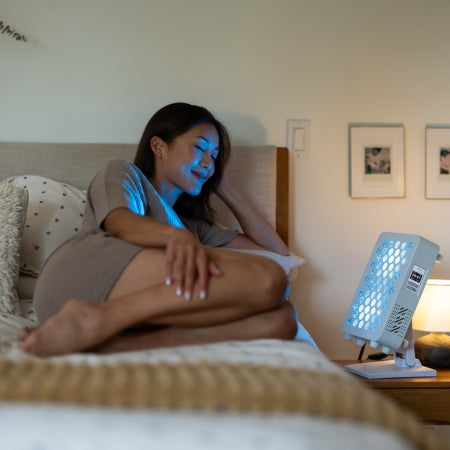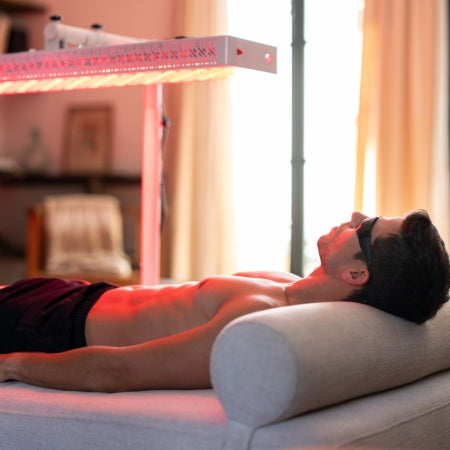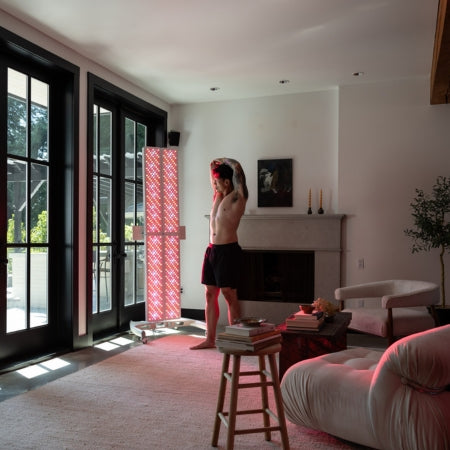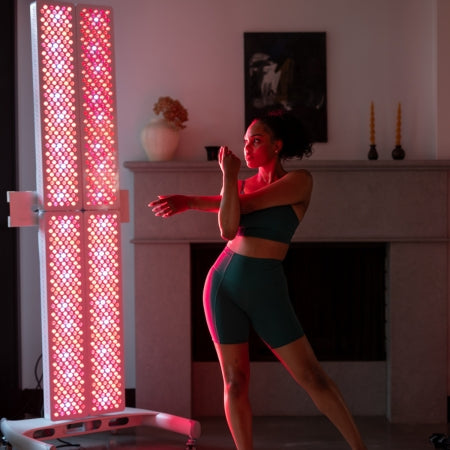Hair loss is a common condition that affects 1 in 4 females and 3 in 4 males in North America.
What causes this condition?
Some common causes of hair loss include stress, poor diet, genetics, over-treating your hair, pregnancy, chemotherapy and predisposing hair conditions.
Treatment Methods:
- Prescription Drugs
- Hair Transplants
- Nutritional modifications
- Red Light Therapy
What is Red Light Therapy?
The human body requires natural light to perform and thrive, just like it needs water and nutrients from food.
Red and near-infrared wavelengths of light are the ‘superfoods’ of natural light, providing our body with healing properties and health benefits.
Red light therapy is a non-invasive treatment that delivers concentrated red and near-infrared light to your cells. All you need is 10-15 minutes per day to optimize your body.
How does Red Light Therapy stimulate hair growth?
Red Light Therapy (RLT) stimulates hair growth by using medical-grade 5w LEDs to project clinically proven red and near-infrared wavelengths. More specifically, red light at 660nm and near-infrared light 850nm stimulates hair growth through increasing mitochondria, collagen, and blood circulation.
Find out more on How Red Light Therapy Works.

Mitochondria
The mitochondria is the powerhouse of our cells that houses production of adenosine triphosphate (ATP), which are the energy molecules that fuels everything the body does. With the stimulation from red light therapy, cellular function is enhanced through the increased production of ATP. When stimulated in the scalps, cells are able to function at a higher capacity to promote hair growth.
Collagen
Collagen is an important protein that the body produces to help build healthy bones, skin, hair, tendons, and connective tissues. As the body ages, collagen production slowly declines. Red light therapy has become one of the most popular alternative therapies for boosting collagen production. With more collagen, the body can produce more hair proteins to strengthen the skin on the scalp to prevent hair loss and damage.
Learn more about collagen.
Blood Circulation
Blood circulation is one of the most vital functions in the body. It’s how essential nutrients and oxygen get delivered to the brain and throughout the body. Red light therapy improves blood flow by stimulating the production of Nitric Oxide (NO) in our cells. One of the main functions of NO is to relax the walls of blood vessels, allowing for increased blood flow through arteries and veins. With an increase in blood circulation, the body is able to transport more nutrients to the scalps and remove wastes from the area.
Using Red Light Therapy for hair loss disorders
Human dermal papilla cells (hDPCs) play an important role in regulating normal hair growth and function. These cells are impaired in individuals with hair loss conditions. Red and near-infrared light has been shown to promote the proliferation of hDPCs, which assists in restoring hair loss [1]. A few studies have found that red light therapy significantly increases hair growth in individuals with androgenetic alopecia, a genetic hair loss condition [2,3,4].

When does Red Light Therapy not work for hair loss?
While red light therapy has been shown to be effective for stimulating hair growth, it will not be able to treat every condition. For example, red light therapy will not be effective in stimulating hair growth during one’s treatment with chemotherapy. Using red light therapy may be ineffective for stimulating hair growth when combining with medications that cause hair loss. Also, any hair follicles that have been permanently damaged and destroyed from injuries, surgeries, or burns will not regrow.
How long will it take for my hair to regrow?
The effects of red light therapy varies by person and depends on how consistent one is with their treatments. Many will start seeing the effects on their hair in a matter of weeks, while others see change after a few months of consistent treatments. It’s important to note that hair cells takes time to regrow and each individual grows hair at different rates.
How do I use Red Light Therapy?
Nowadays there are many devices that are designed for in-home usage. Orion offers the highest power (irradiance) at the most affordable price for at home use. The guidelines for treatments are simple and can be very effective when complemented with other healthy lifestyles. Follow Orion’s treatment guideline for the best results:
- Position yourself 6-12 inches away from your device.
- Expose your skin for the most effective results.
- Approximately 10-15 minute treatments per body area and up to 20 minutes for symptomatic areas.
- 1-2 treatments per day.
- Any time of day that works best for you.
Shop the Orion lineup to find the best device that suits you.
[1] Joo, H. J., Jeong, K.H., Kim, J. E., & Kang, H. (2017). Various wavelengths of light-emitting diode light regulat the proilferation of human dermal papilla cells and hair follicles via wnt/β-catenin and the extracellular signal-regulated kinase pathways. Annals of Dermatology, 29(6): 747-754.
[2] Sorbellini, E., Rucco, M., & Rinaldi, F. (2018). Photodynamic and photobiological effects of light-emitting diode (LED) therapy in dermatological disease: an update. Lasers in Medical Science, 33(7): 1431-1439.
[3] Lanzafame, R.J., Blanche, R. R., Bodian, A. B., Chiacchierini, R. P., Fernandez-Obregon, A., & Kazmirek, E. R. (2013). The growth of human scalp hair mediated by visible red light laser and LED sources in males. Lasers in Surgery and Medicine, 45(8): 487–495.
[4] Lanzafame, R. J., Blanche, R.R., Chiacchierini, R. P., Kazmirek, E. R., & Sklar J. A. (2014). The growth of human scalp hair in females using visible red light laser and LED sources. Lasers in Surgery Medicine, 46(8): 601–607.



